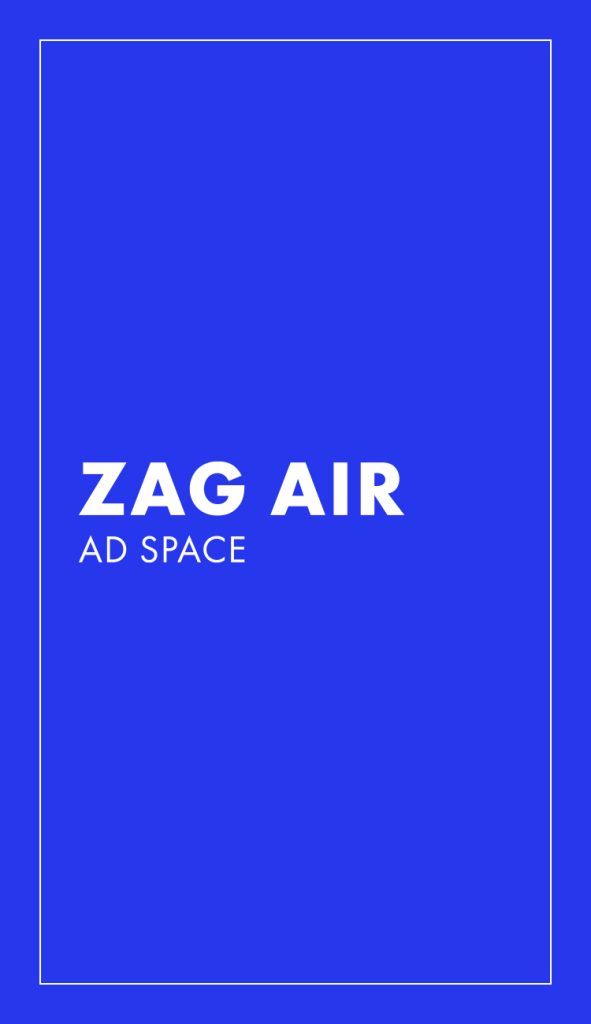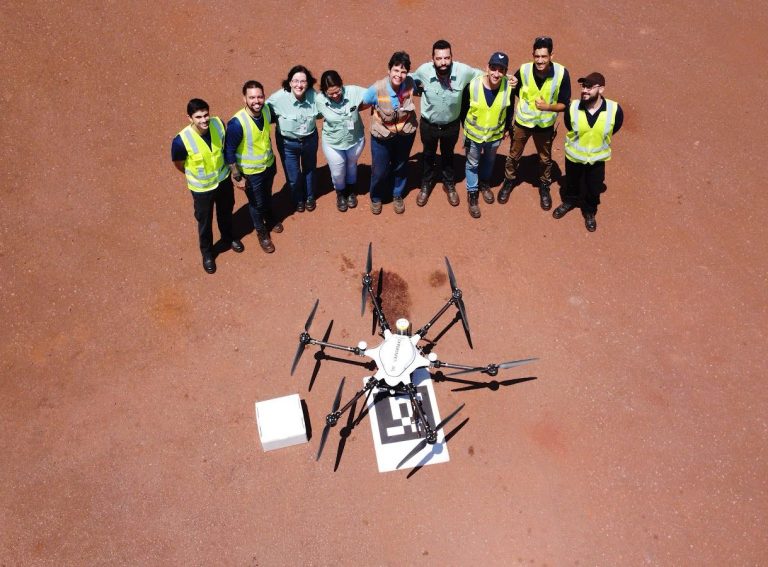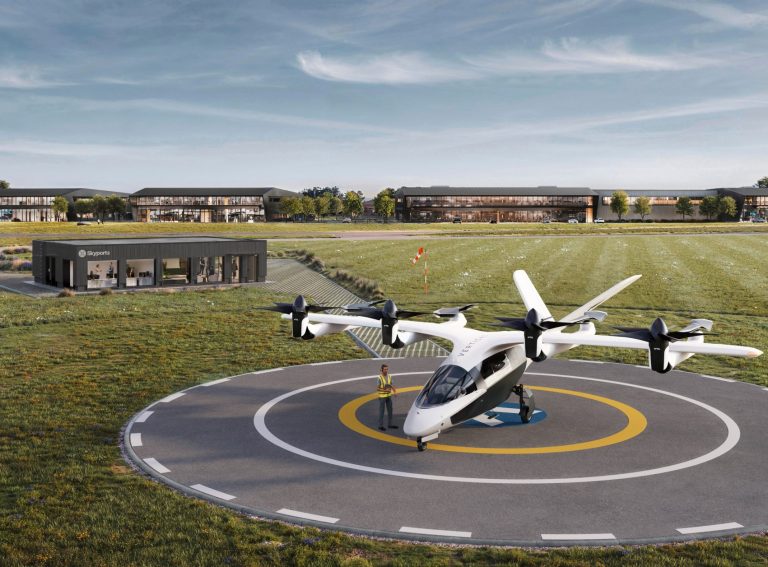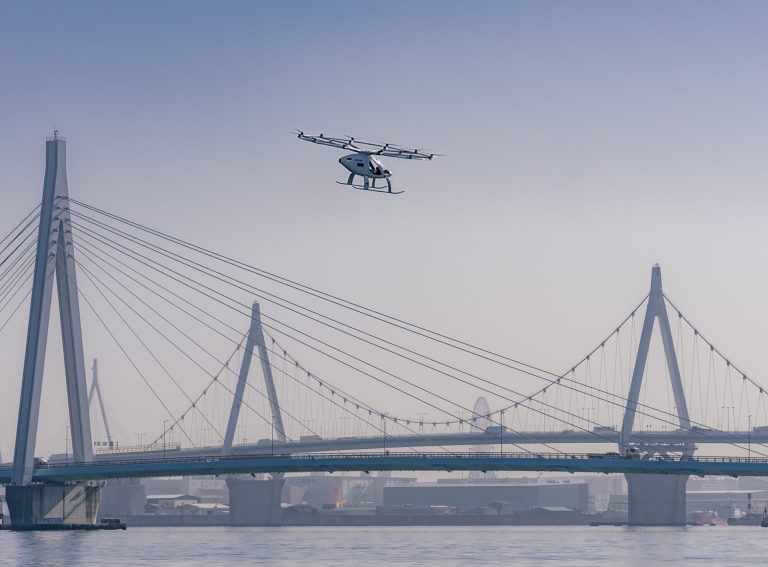California-based Archer Aviation has completed 402 test flights this year, surpassing its 400-flight goal four months ahead of schedule.
The eVTOL manufacturer hit the milestone as it ramps up flight test operations before for-credit flight testing with the Federal Aviation Administration.
Archer has used the data produced from each flight to evaluate metrics such as aircraft loads, vibrations, performance, and handling qualities.
“It took a lot of early mornings and late nights,” Archer CEO and Co-Founder Adam Goldstein told Zag Daily. “We surpassed this milestone four months ahead of schedule thanks to the hard work of the flight test team and their supporting groups.”
“The biggest lesson we learned over these 400+ flights was identifying deltas in flight test data compared to aerodynamic models in the transition phase of flight—that’s the benefit of real-world testing,” Archer Flight Test Director Casey Johnson told Zag Daily.
A transition flight is when the eVTOL aircraft takes off vertically like a helicopter before manoeuvring to wing-borne flight like a plane.
Archer had five key focus areas for its testing over recent months. This includes using long-distance high-speed transition flights to gather data, ensure safety and extend endurance.
With increasing per-day flights, Archer aimed to simulate its anticipated commercial operations and test the durability of its Midnight aircraft.
Archer’s Midnight aircraft can carry four passengers and a pilot, travel at speeds of up to 150 miles per hour, and is claimed to be 100 times quieter than a helicopter at cruising altitude.
To advance landing profiles, Archer also focused test flights on hover landing in various wind conditions, and descent and flare heights.
The company is enhancing its acoustic measurement by using different microphones on hover flights to evaluate and tune the Midnight’s noise signature, and collect data for the FAA. It’s also focused on optimising control laws to extend the Midnight’s endurance.
Archer, which recently raised $220 million in its latest funding round, aims to launch commercially by the end of 2025 and the manufacturer says it’s on track to complete its 400,000 square foot manufacturing facility by the end of this year.




